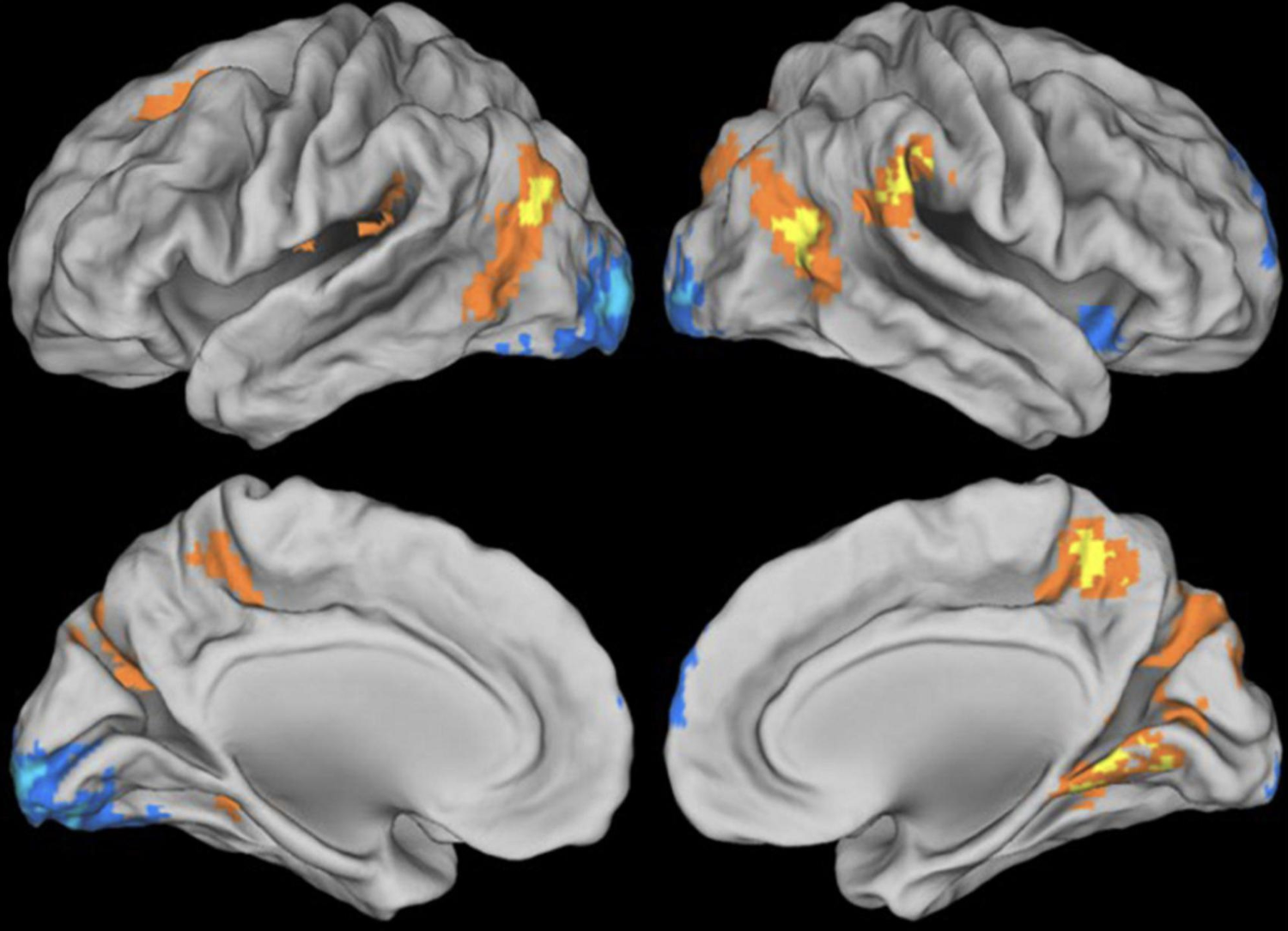New study on why focusing on aspirations for the future is better than weaknessesAspirations, not problems, are key to growthBy Duncan Austin on Thu, 29 February 2024
It's not like we needed more scientific evidence that focusing on weaknesses is bad for development, but here it is anyway and the original study is here for those who like the meaty details.

Many who seek to help, conflate helping with fixing problems
Takeaway quote: "Many who seek to help, conflate helping with fixing problems ... Companies, coaches and managers who want people to change must hold their tongue about what they think needs fixing. Instead, they must put their faith in the individual's intrinsic desire to grow and allow them to direct their own development process. Otherwise, they are likely to hit a wall of psychological resistance."
The study used neuroimaging to evaluate different styles of coaching and shows that the common "fix it" style of coaching that focuses on identifying weaknesses creates a resistance to change and learning.
They contrasted focussing on "ideal self" and "real self". The ideal self is that picture of ourselves that is the sum of our aspirations and desires - we feel inspired when we think about it: "Yes! That!". The real self is how we actually are.
... focusing on people's problems creates a cognitive conflict that inhibits learning and promotes counter-productive effects
The crux of sustained development and growth is getting people to be self-motivated to grow into their ideal self.
They show that trying to do that by focusing on people's problems (real self) creates a cognitive conflict that inhibits learning and promotes counter-productive effects, like less willingness to learn or change, and more wilfulness (versus willingness).
To quote the authors: "Many think the best way to get others-; and themselves-; to change is to use some combination of carrot and stick, for instance by sandwiching a criticism with compliments ... These findings show why it works better to get the individual to focus first and foremost on their dreams and aspirations for the future."
Someone who gets 50% positive and critical feedback is an actively disengaged employee
As the head of ADP Research Marcus Buckingham points out: "Someone who gets 50% positive and critical feedback is the profile of an actively disengaged employee"
I try to apply this by focussing on getting my people to notice what sort of tasks they get into the flow with: what tasks they feel "Yes! That!" about. Each of those is a glimpse of the ideal self, of what that person is uniquely tuned for.
I then let them pick up their own tasks, allowing them steer their workload towards those sorts of tasks, which in turn gives us more insight into their ideal self.
This is so powerful a propellant, that I've have several new joiners comment on how suprised they were to find themselves striving to over-achieve.
The whole team is also involved in planning how we can make the most impact. Some brilliant ideas have come from mid and junior team members which become tasks, which then creates more tasks that feed the ideal selves of the team. And so a positive feedback loop is created, propelling them forwards.
Then we use that to plot a momentum plan for each team member based on what the team needs and their emerging ideal selves, creating a powerful self-motivation.
Getting into the flow also means that our brains are flooded with dopamine and acetylcholine which give energy and promote neural plasticity and accellerate learning and development ... and so the feedback loop accelerates.
I've seen juniors rocket to outperforming mids and seniors in the space of a year and seniors come up with game-changing innovations.
The science works. It's not just a nice idea. It's a powerful tool for growth and development.